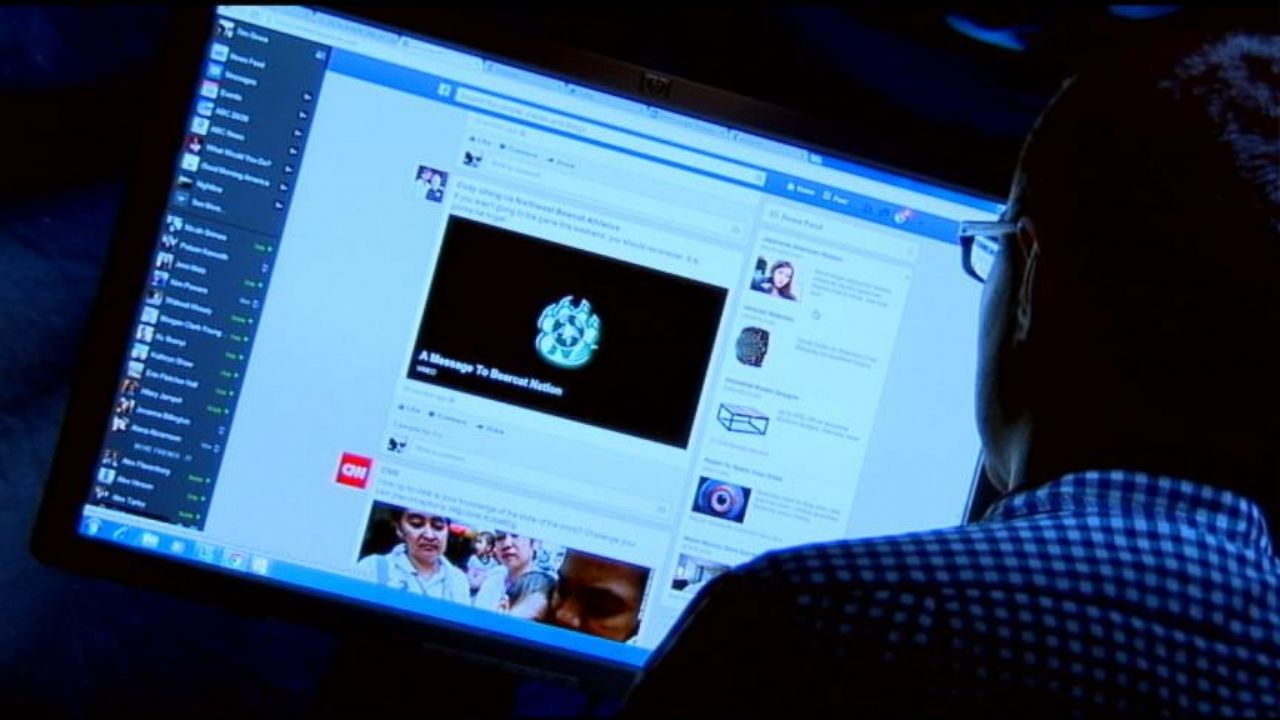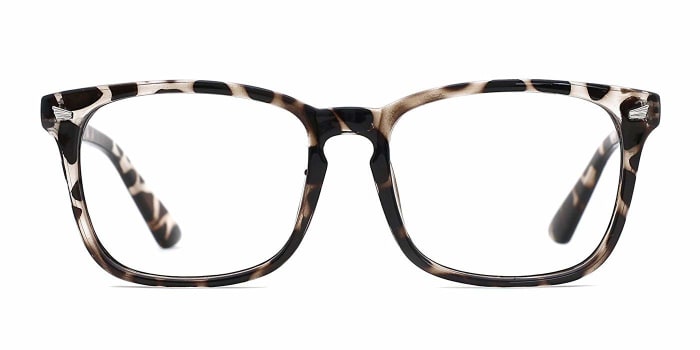How To
How to avoid eye strain after staring at screens all day

- April 17, 2019
- Updated: July 2, 2025 at 5:05 AM


Have you ever sat back and thought about how many hours a day you spend staring at a screen? No matter what age you are, or what lifestyle you live, the answer is probably “several.” The invention of screens that pump blue light into our eyes is an obstacle that the human eye could have never prepared for, even after millions of years of evolution. But what exactly is blue light and what effect does it have on your eyes?
Though blue light is often used by digital devices due to its environmental friendliness, it has been linked to negative side effects. It is unnatural for human beings to be exposed directly to the kind of concentrated blue light a screen provides for hours a day. Symptoms of eye strain caused by staring at a screen include red or irritated eyes, headaches, dry eyes, and blurred vision. Additionally, of all kinds of light, blue light is the one that most powerfully suppresses melatonin (a hormone in the body that helps it sleep at night). Obviously, a lack of sleep can cause or exacerbate all kinds of health issues.
We live in a digital age, so for many people being exposed to screens all day is unavoidable. Whether it be for their jobs or for their personal lives, it’s difficult to keep up in today’s fast-paced world without digital technology. Here are some ways you can continue to use your digital devices while avoiding the harmful effects of eye strain.
Protective Eyewear

Once manufacturers were able to make blue light glasses that look like everyday glasses instead of yellow-tinted monstrosities, they really took off. Certain eyewear companies offer the ability to include blue-light-blocking tech in your glasses for an additional fee, while others offer standalone blue-light glasses.
Do the glasses actually work? Most consumers say that they feel less fatigue and digital eye strain while using the glasses. Researchers haven’t made definitive conclusions about blue light glasses as the technology has only gained popularity fairly recently. You can find a pair for as low as $15 however, and researchers have said that for the average consumer a low-end pair works just as well as a high-end one. For all the trouble we put our eyes through nowadays, for only $15 certainly it’s worth a shot.

Our pick for best gaming glasses
Read now ►Adjust your display

If you’d rather adjust the display of your device instead of wearing eyewear (though you can do both) there are several programs that can automatically work to reduce eye strain. The most popular one by far for desktop computers is f.lux, a free and amazing program that automatically adjusts your display based on your location and the time of day.
The program gradually adjusts the display of your computer to show warmer colors the closer you get to sunset, allowing your eyes to better adjust to nighttime. At sunrise, the program will restore your display’s original colors. If you’re doing a color-sensitive activity at your computer, such as watching a movie or doing graphic design, you can disable f.lux for as long or as short as you need to. Installing f.lux will make you wish you got it years ago.
F.lux
Download Free ►For macOS users, Night Shift can be activated to give your device similar functionality to f.lux. You simply set your usual wake and bedtimes and how warm you want your screen colors to be and your device display will automatically adjust throughout the day. For Android users, a preview version of f.lux is available.
Follow the 20/20/20 rule

Lastly, the simplest thing you can do to reduce digital eye strain is to follow the 20/20/20 rule. Created by the Vision Council, the 20/20/20 rule states that every 20 minutes you spend looking at a screen, take a 20-second break and look at something that’s 20 feet away.
The 20/20/20 rule helps your vision by readjusting your focal point and refreshing your eyes. To easily view something 20 feet away without going crosseyed, try looking out your window.
Do you do anything to protect yourself from digital eye strain? Let us know!
Justin Cabrera is a tech content writer with Softonic.com. Prior to joining Softonic, Justin was a overcaffeinated radio DJ and know-it-all music critic with WPGU 107.1. His two favorite things in the world are video games and music culture.
Latest from Justin Cabrera
You may also like
 News
NewsThis free streaming service is standing up to the biggest players: how does it do it?
Read more
 News
NewsArtificial intelligence is transforming advertising: for better?
Read more
 News
NewsCan Blizzard make a comeback in 2026?
Read more
 News
NewsThe best game of 2025 has been disqualified from the Indie Game Awards because of AI
Read more
 News
NewsThis way you can make your internet browsing more sustainable: for a more eco-friendly 2026
Read more
 News
NewsThey have just released one of the best movies of 2025 on SkyShotime: perfect for Christmas
Read more